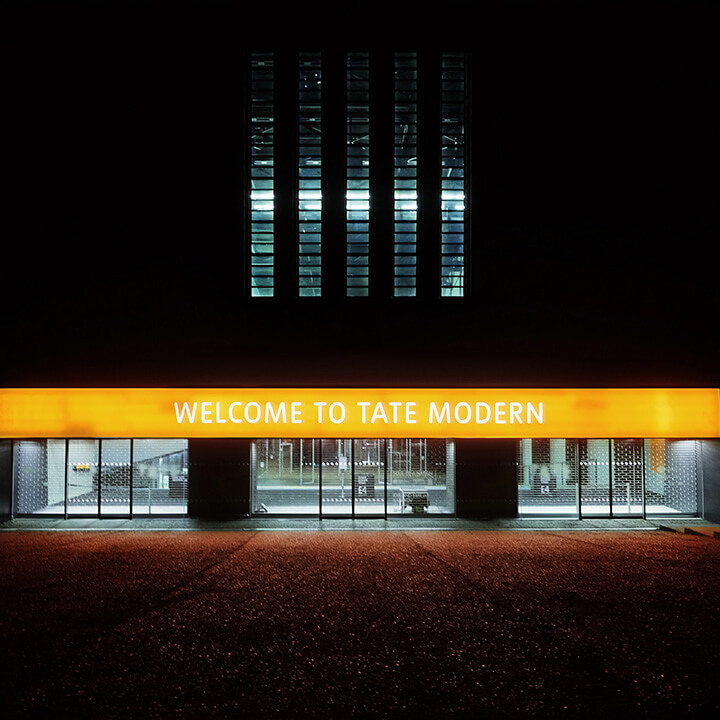Nuisance: Builders beware Tate Modern Viewing Gallery case
23rd February 2023
Why is Fearn and others v Board of Trustees of the Tate on nuisance of interest to landowners and developers?
Private nuisance is the wrongful interference with a claimant’s enjoyment of rights over land. Whilst case law has frequently examined the issue of a tangible interference of land (for example as in Williams v Network Rail 2019, concerning Japanese Knotweed – see Walker Morris’ earlier briefing), visual intrusion has not been examined since a medieval case in 1341.

Visual intrusion was the issue considered by the Supreme Court recently in Fearn and Others v Board of Trustees of the Tate [1]. The decision will be of interest to housebuilders, developers, landowners and occupiers. The case concerned a viewing platform in the Tate Modern Museum where visitors could look through the windows and into the living spaces of neighbouring properties. The main issue was the unusual use of the viewing platform and the resulting effect on the claimants’ common and ordinary use of their property, which the judge described as “like being on display in a zoo.”
The case suggests that the privacy of adjoining properties needs to be carefully considered before parts of a property are built/used for an exceptional purpose. Furthermore, it’s not just visual intrusion that needs to be considered – the case solidifies the law on what use of property can result in the wrongful interference of enjoyment of rights over land.
Nuisance: What practical advice arises?
Some key takeaways from the judgment are:
- Nuisance can occur when the ‘common and ordinary’ use of a property by an owner is adversely affected by an ‘unusual’ or ‘particular and exceptional use’ by a neighbour. In this case, the ordinary use of the neighbouring apartments was affected by the particular and exceptional use of the art gallery’s viewing platform.
- A ‘common and ordinary’ use of property will not amount to nuisance, even if it adversely affects adjoining property. This will be of some comfort to landowners and developers. However, owners and developers of all properties should carefully consider the occupants of adjoining properties and whether they could be adversely affected by any development plans which might potentially be considered ‘unusual’ or ‘particular and exceptional’.
- A judgment on what is ‘nuisance’ is not a consideration on whether a particular use is ‘reasonable’. The judgment did not deliberate on whether the use of the viewing platform at the Tate Modern was a reasonable one. Instead, the consideration was whether the occupants’ ‘common and ordinary’ use of the neighbouring properties were adversely affected, and whether the act or intrusion complained of was part of the ‘give and take, live and let live’ principle of neighbourly living.
- The judgment confirmed that visual intrusion can amount to nuisance. In most previous case law, nuisance has amounted to a physical interference, so this is potentially a significant widening of the scope of the law of nuisance. (It is worth noting that the basis of any nuisance claim has never been about the physical invasion itself, but the resulting interference with the use or value of the claimant’s land. That subtle distinction remains.)
- The Tate Modern nuisance decision potentially affords claimants a cause of action more readily than the law of nuisance did before, and in circumstances where the law of privacy and the law of rights to light may not. Landowners/developers/housebuilders may, therefore, see an emergence of claims and/or objections to development which seek to rely on this Supreme Court case. There is also now likely to be an increased focus, and potentially litigation, on what amounts to ‘common and ordinary’, ‘unusual’ or ‘particular and exceptional’ use. At what point, for example, might CCTV security surveillance move from being part of the ‘common and ordinary’ give and take of urban living into ‘unusual’ or ‘particular and exceptional’ intrusion?
- It is not a valid defence to a claim for nuisance that the defendant was already using their land in the way now complained of before the claimant acquired or began to occupy the neighbouring land. As such, even current use should be considered when assessing/mitigating the risk of future nuisance claims. Similarly, it is not a defence to argue that the claimant neighbour could take action to mitigate any adverse effect (such as putting up curtains).
- The Supreme Court, having reached a finding of nuisance, didn’t decide on a remedy. Instead, the case has been remitted to the High Court to determine whether the claimants are entitled to an injunction (which could potentially, at its extreme, involve removal of the viewing platform altogether), to an injunction and damages, or to damages instead of an injunction. The Supreme Court did indicate that, while not relevant to the determination of liability, public interest arguments might be relevant to the determination of remedy. If and when damages are awarded, it will be very interesting to see the basis on which they are quantified. The case remains one to watch.
Nuisance and development disputes: How we can help
Walker Morris’ Commercial Dispute Resolution and Real Estate Litigation specialists advise on all forms of development dispute. We can help from a pre-emptive risk-management perspective, and we can provide commercially-focused, strategic advice to ensure minimal disruption and losses to your business if/when complaints or claims are made.
If you have any queries or concerns in relation to the law of nuisance, privacy or rights of light in the context of development projects, or if you are interested in receiving legal and practical training in relation any development-related issue, please contact Kathryn Vickers, Louise Norbury Robinson, or David Manda all of whom will be very happy to help.
[1] [2023] UKSC 4


